Benchmarking — or comparing a company’s financials to those of industry peers and its own historical performance — can provide insight into future cash flows and operating risks. Business valuation professionals use the following types of benchmarks to assess company-specific risk and, in turn, a subject company’s expected return.
Profitability
Profitability metrics evaluate how much money the subject company earns from each dollar in revenue. For-profit companies need to earn enough to cover fixed and variable costs, but some may accept a loss on certain products to gain market share or lure customers.
Common profitability metrics include:
- Gross margin [(revenue – costs of sales) / revenue], and
- EBITDA margin (earnings before interest, taxes, depreciation and amortization / revenue).
Profit margin (net income / revenue) may be less relevant when benchmarking private companies because it’s hard to compare businesses with different tax strategies and capital structures. So, EBITDA may be used instead.
Liquidity
Valuation experts also must dissect the balance sheet, starting with working capital metrics. To the extent that current assets exceed current liabilities, the subject company has extra cushion (or liquidity) to weather short-term cash shortfalls and adverse events.
Conversely, when a company’s current ratio (current assets / current liabilities) is less than 1, a line of credit might be needed in case of emergency. A business with above- or below-average liquidity may warrant a valuation adjustment for excess or deficit working capital. It’s also important to evaluate the composition of working capital for bad debts, obsolete inventory and shrinkage.
Asset management
Asset management ratios measure how much revenue is generated for each dollar invested in assets. This analysis can be broken down by different categories of assets and evaluated in terms of days. For example, an expert might compute:
- Days in receivables [(average receivables / annual revenue) × 365 days], or
- Days in inventory [(average inventory / annual cost of sales) × 365 days].
Asset management ratios also can be industry specific. For example, a hospital might be evaluated based on revenue per bed or a hotel based on revenue per room. A labor-intensive manufacturer might be evaluated in terms of output per worker. Human capital isn’t reported on the balance sheet, but it can be a valuable asset.
Leverage
Debt can be an inexpensive alternative to equity financing that helps the business grow and lowers the cost of capital. Typically, the cost of debt is less than the cost of equity. That’s because debtholders are paid before equity investors in a liquidation. Plus, interest expense is generally tax deductible, within appliable limits. (Dividends paid to equity investors aren’t tax deductible.)
Borrowing money can be a cost-effective way to grow a business. But there are limits. At some point, the cost of debt capital becomes prohibitive, and creditors may be unwilling to lend additional funds.
How does the subject company measure up?
When benchmarking financial performance, what’s “normal” varies depending on the company’s size, industry and location. Valuaton professionals understand these nuances and how they affect a company’s perceived risk and expected return. Contact us for more information on how financial benchmarking is used in business valuation.
© 2023
